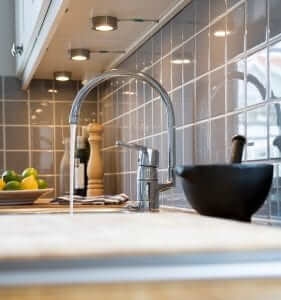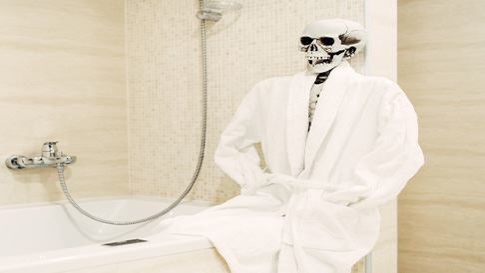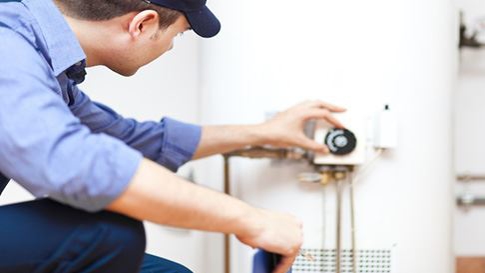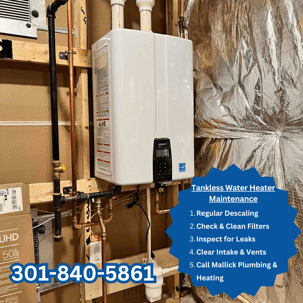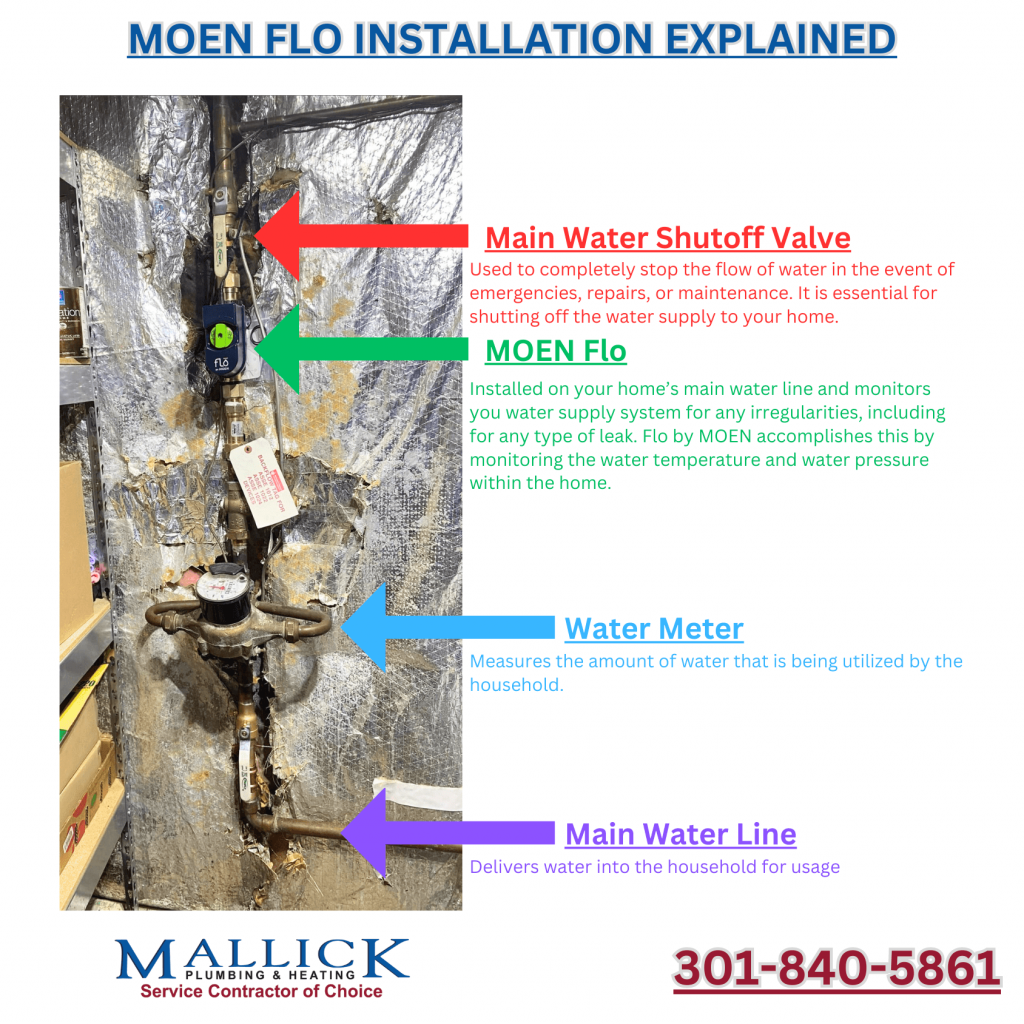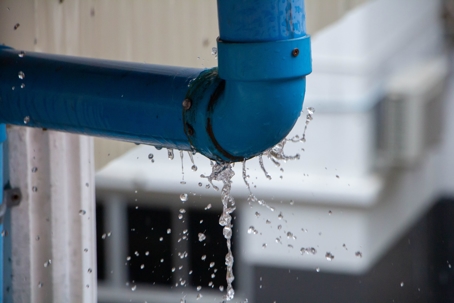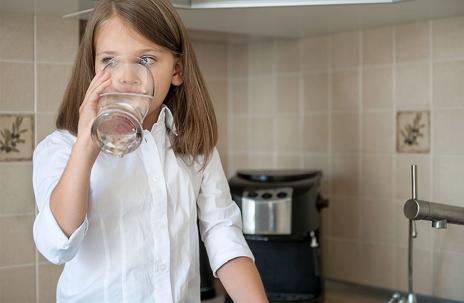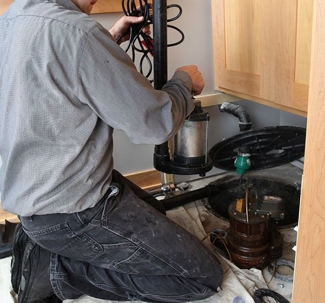An incredible technological innovation, the garbage disposal has significantly simplified waste disposal by enabling swift and effortless elimination of food waste without the chore of transporting bags to the curb each week.
However, it’s essential to note that the garbage disposal isn’t designed to supplant the waste or recycling bin. Often, maintenance for the garbage disposal system is disregarded or overlooked, potentially hastening the need for an unexpected replacement. Using your disposal improperly can lead to clogs, damage, and even hazardous situations.
At Mallick Plumbing & Heating in Gaithersburg, Maryland, we’re here to guide you through the essential do’s and don’ts of garbage disposals for efficient waste management. Here are some guidelines for your garbage disposal:
The Do’s of Garbage Disposals
- Do Use Cold Water: Run cold water when operating your garbage disposal. Cold water helps solidify oils and grease, allowing them to be chopped up before passing through the pipes.
- Do Cut Large Items: Cut larger food items into smaller pieces before putting them into the disposal. This helps prevent jams and ensures smoother processing.
- Do Use Citrus Peels: Grinding citrus peels can help freshen up the disposal and eliminate odors naturally.
- Do Regularly Clean and Maintain: Periodically clean the disposal using ice cubes or a mixture of baking soda and vinegar to remove buildup and maintain freshness.
- Do Use Proper Waste: Dispose of biodegradable food waste like fruit and vegetable scraps and non-fibrous leftovers in the disposal.
If you need assistance with your garbage disposal, call Mallick Plumbing & Heating at (301) 804-6759.
The Don’ts of Garbage Disposals
- Don’t Pour Grease or Oil: Avoid pouring cooking grease, fats, or oils down the disposal, as they can solidify and clog the pipes.
- Don’t Put Non-Food Items: Never dispose of non-food items, such as plastic, metal, glass, or paper, in the garbage disposal. These items can damage the blades or cause blockages.
- Don’t Grind Stringy or Fibrous Foods: Avoid putting fibrous or stringy foods like celery, corn husks, onion skins, or potato peels into the disposal, as they can wrap around the blades and cause jams. Also, refrain from putting uncooked pasta and rice down the drain.
- Don’t Overload the Disposal: Refrain from overloading the disposal with too much food waste at once. Gradually feed items into the disposal to prevent overwhelming it.
- Don’t Use Harsh Chemicals: Avoid using harsh chemicals like bleach or drain cleaners in the disposal, as they can damage the unit and plumbing system.
Is your garbage disposal acting up? We can help. Give our Mallick Plumbing & Heating Team a call Today at (301) 804-6759.
Proper usage and maintenance of your garbage disposal can significantly extend its lifespan and prevent costly repairs. However, if you encounter persistent clogs, unusual noises, or malfunctions with your garbage disposal, it’s best to seek professional assistance from Mallick Plumbing & Heating.
Remember, responsible waste management with your garbage disposal not only keeps your kitchen running smoothly but also contributes to a healthier plumbing system and environment.
For expert guidance on garbage disposal maintenance or repairs, contact Mallick Plumbing & Heating. We’re dedicated to providing top-notch plumbing solutions to ensure your home operates smoothly and efficiently.

